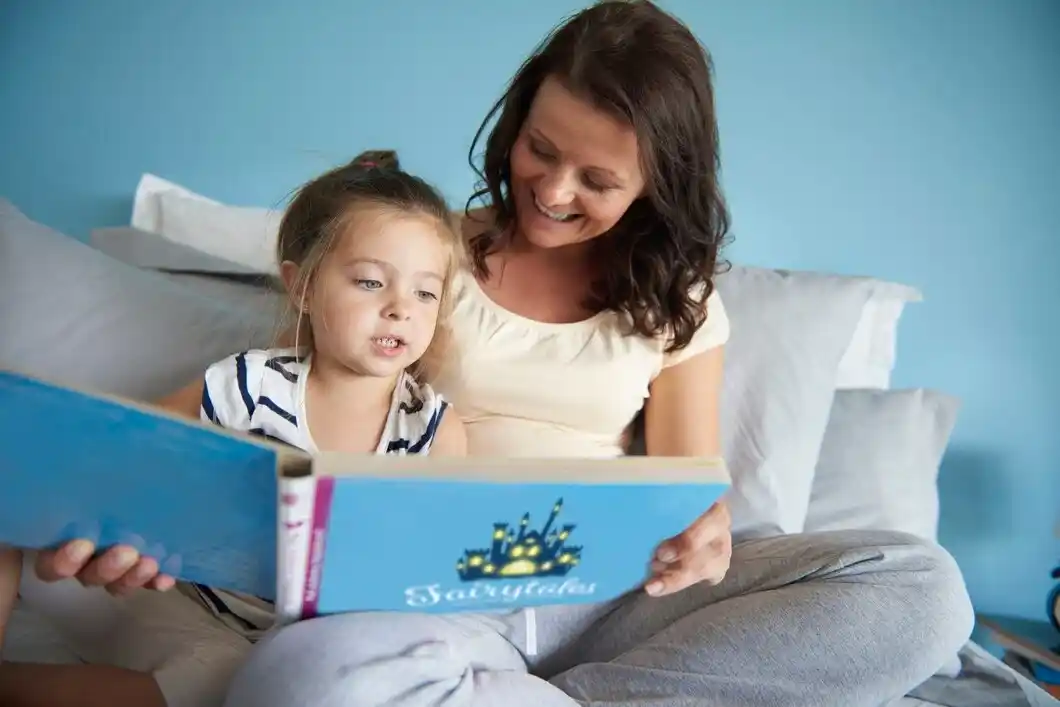The transition from summer freedom to school structure can feel like shifting gears without a clutch. One day you’re enjoying lazy mornings and spontaneous adventures, and the next you’re racing against the clock to make the morning bell. Creating an effective back-to-school routine isn’t just about avoiding morning chaos—it’s the foundation for academic success and family harmony.

Creating a Stress-Free Morning Routine
The morning rush sets the tone for the entire day. A chaotic start can leave both kids and parents feeling frazzled before the day truly begins. Here’s a five-step approach to transform your mornings from mayhem to manageable:
5-Step Morning Success Plan
- Prep the night before: Lay out clothes, pack lunches, and organize backpacks with completed homework. This simple habit eliminates morning decision fatigue and saves precious minutes.
- Wake up before your kids: Give yourself 15-30 minutes of quiet time to prepare mentally and physically before the morning rush begins.
- Create a visual schedule: Post a simple chart showing each step of the morning routine. For younger children, use pictures alongside words.
- Designate a “launching pad”: Create a specific area near the door where backpacks, shoes, and outerwear live. Everything needed for school goes here the night before.
- Build in buffer time: Add an extra 10-15 minutes to your estimated morning timeline to account for unexpected delays without creating stress.

Remember that consistency is key. The first week of implementing a new school morning routine will be challenging, but stick with it. Research shows it takes about 21 days to form a habit, so give your family time to adjust to the new schedule.
“The secret of your future is hidden in your daily routine.” — Mike Murdock
Pro tip: Gradually shift wake-up times earlier during the week before school starts. Move bedtimes and wake times 15 minutes earlier each day until you reach your target school schedule.
After-School Schedule Template
The hours between school dismissal and bedtime are prime time for balancing homework, activities, downtime, and family connection. Without structure, this time can quickly dissolve into screen time or procrastination.

Sample After-School Template
This flexible framework can be adapted to your family’s unique schedule and needs:
- Arrival & Transition (15-30 min): Unpack backpack, review school papers, enjoy a healthy snack, and decompress.
- Active Time (30-60 min): Physical activity to release energy after sitting in school (outdoor play, bike riding, sports practice).
- Homework Block (30-90 min): Complete assignments in a designated, distraction-free space with necessary supplies.
- Free Time (30-60 min): Child-directed activities, reading, creative play, or limited screen time.
- Family Responsibilities (15-30 min): Age-appropriate chores and preparation for the next day.
- Dinner & Family Time: Shared meal and connection time.
- Evening Routine: Bath/shower, reading, and bedtime preparation.
Adjusting for Different Ages
Tailor your after-school routine based on your child’s age and needs:
- Elementary (K-5): More parental oversight, shorter homework blocks, earlier bedtimes, and more play-based activities.
- Middle School (6-8): Gradually increasing independence, longer homework sessions, later bedtimes, and more social activities.
- High School (9-12): Greater autonomy in managing time, longer study blocks, later bedtimes, and potential part-time jobs or extensive extracurriculars.
Balance is key! Even the most structured routine should include downtime. Children need unscheduled periods to decompress, be creative, and process their day.
Get Your Free Back-to-School Routine Template
Stop reinventing the wheel every school year. Our customizable template includes morning checklists, after-school schedules, and weekly planning tools for all age groups. Join 10,000+ families who’ve transformed their school routines!
Parent Tips: Supporting Without Micromanaging
Finding the balance between providing structure and fostering independence is one of parenting’s greatest challenges. Here’s how to support your child’s routine without taking over:

Elementary School (Ages 5-10)
- Create visual checklists with pictures for morning and afternoon routines
- Use timers to help them understand time management (e.g., “brush teeth for 2 minutes”)
- Offer choices within boundaries: “Would you like to do homework before or after your snack?”
- Establish a dedicated homework space with all necessary supplies
- Celebrate small wins with specific praise: “You remembered to put your lunchbox in your backpack without being reminded!”
Middle School (Ages 11-13)
- Introduce a simple planner or calendar to track assignments and activities
- Hold weekly planning meetings to review upcoming events and deadlines
- Teach prioritization skills by helping them rank tasks by importance and deadline
- Gradually transfer responsibility for waking up on time (with backup systems)
- Ask reflective questions: “What part of your routine is working well? What could be improved?”
High School (Ages 14-18)
- Shift to a coaching role rather than a managerial one
- Help them develop their own systems for organization and time management
- Discuss natural consequences rather than imposing punishments
- Respect their growing autonomy while maintaining reasonable expectations
- Model healthy routines and self-care in your own life
Remember: The goal isn’t perfection—it’s progress. Expect setbacks and use them as learning opportunities. Consistently return to the routine after disruptions rather than abandoning it entirely.
Tech Hacks for School Routine Management
Technology can be either a distraction or a powerful ally in maintaining school routines. These apps and digital tools can help streamline organization for both parents and students:

| App Name | Best For | Key Features | Age Group |
| Cozi Family Organizer | Family-wide scheduling | Shared calendar, shopping lists, to-do lists, meal planning | Parents (managing family) |
| MyHomework | Assignment tracking | Homework planner, class schedules, assignment reminders | Middle & High School |
| Chore Pad | Routine building | Visual chore charts, reward systems, progress tracking | Elementary School |
| Forest | Focus time | Gamified focus timer, blocks distracting apps during study time | Middle & High School |
| Google Calendar | Schedule management | Color-coded calendars, reminders, sharing capabilities | All ages (with parent setup for younger) |
| Todoist | Task management | Priority levels, recurring tasks, project organization | High School & Parents |
Setting Healthy Tech Boundaries
While technology can help with organization, it’s also important to establish clear boundaries around screen time, especially during the school year:
- Designate tech-free zones (like bedrooms) and tech-free times (like during meals)
- Use parental controls and screen time management tools
- Model healthy tech habits yourself
- Create a central charging station where all devices “sleep” overnight
- Establish a digital curfew (no screens 1 hour before bedtime)

The Weekly Reset: Sunday Preparation Checklist
A Sunday evening reset ritual can set your family up for success throughout the week. This proactive approach prevents the Monday morning scramble and helps everyone start the week feeling prepared and confident.

Sunday Weekly Reset Checklist
Review & Plan
- Check school communications and upcoming events
- Review homework assignments and project deadlines
- Plan the week’s activities and transportation needs
- Schedule family time and important appointments
Prepare & Organize
- Plan meals and complete grocery shopping
- Prep easy grab-and-go breakfast and lunch items
- Wash and organize clothes for the week
- Restock school supplies as needed
Reset & Recharge
- Clean out and reorganize backpacks
- Charge electronic devices
- Set out items needed for Monday morning
- Ensure everyone gets to bed on time
“For every minute spent organizing, an hour is earned.” — Benjamin Franklin
The weekly reset doesn’t need to fall entirely on parents’ shoulders. Involve children in age-appropriate tasks to build their planning skills and sense of responsibility. Even young children can help with simple meal prep or laying out their clothes for the week.
Making It Work For Your Family

Remember that the perfect back-to-school routine doesn’t exist—but the right routine for your unique family does. The strategies outlined here aren’t meant to be followed rigidly but adapted to fit your family’s values, schedules, and individual needs.
Start by implementing just one or two new elements at a time. As those become habitual, gradually add more structure. Be patient with yourself and your children during the adjustment period, and celebrate small wins along the way.
The most successful routines have flexibility built in. Life happens—alarms don’t go off, projects get forgotten until the last minute, and sometimes everyone just needs a mental health day. The goal isn’t perfection but progress toward a more organized, less stressful school year.
By investing time now to establish effective routines, you’re not just making this school year easier—you’re helping your children develop organizational skills and healthy habits that will serve them throughout their lives.










